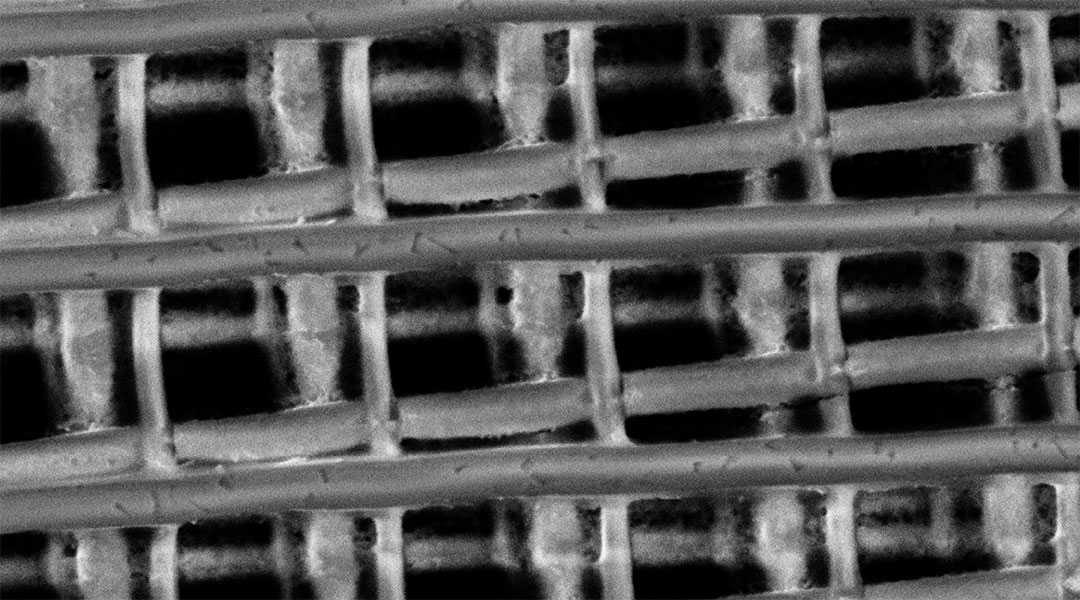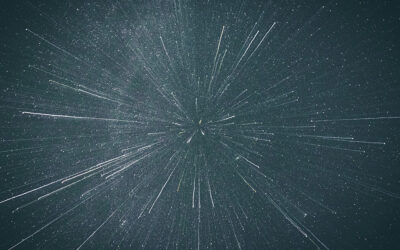A recent study has reported the successful fabrication of the largest three-dimensional nonlinear photonic crystal.
Nonlinear photonic crystals are materials with a repeating pattern whose optical properties change based on the intensity of the incident light or the strength of the applied electromagnetic field. The larger the photonic crystal, the more responsive it is.
This breakthrough allows for unprecedented control over light emission and propagation, which could lead to significant advancements in our understanding of optical phenomena and innovations in telecommunications, medical imaging, and quantum computing.
Despite their potential, producing these crystals is challenging because the materials typically used to make them are chemically inert. This makes them difficult to manufacture and order their photonic crystalline structures effectively on an industrial scale.
A new way to make large photonic crystals
The present study explores new ways to produce large nonlinear photonic crystals that overcome the limitations of two commonly used methods: laser processing and growing them from small crystal seeds.
To create their photonic crystal, the team added barium titanate, a material known for its nonlinear optical properties, to a special substrate using spin coating, a technique used to apply uniform thin films to flat substrates.
The process involves depositing a small amount of liquid coating material onto the center of a substrate, which is then rapidly spun at high speeds. The centrifugal force spreads the liquid outward, forming a thin, even layer over the entire surface.
Next, they placed a micron-sized silicone mold on top of the barium titanate layer to create a 2D rod lattice pattern on its surface, which was then heat-treated to remove any solvent and prevent the barium titanate from dissolving during the stacking of the next layer.
The final step was to fill the space between the rods with a special substance that allows the next layer to be placed on top without destroying the periodic structure of the previous layer.
After assembling several layers, each rotated 90 degrees relative to one another, the setup undergoes a final heat treatment to remove all excess material, leaving only the desired woodpile-like structure. High-temperature annealing forms then polycrystalline barium titanate with a tetragonal phase within the structures.

Using optical and electron microscopy, the team was able to ensure the resulting crystal had the necessary periodicity to emit light at the correct wavelengths. They found that the quality of the crystal structure was comparable to what can be achieved with laser processing.
“For the first time, [we] could measure the periodic variation of the [properties of] generated light in a bottom-up fabricated, three-dimensional nonlinear photonic crystal,” Viola Valentina Vogler-Neuling of ETH Zurich and University of Fribourg, one of the lead authors of the study, said in an email.
“Furthermore, we were able to fabricate 3D nonlinear photonic crystals that are two orders of magnitude larger than the state-of-the-art,” she continued. “We envision these structures to become ultranarrow multi-wavelength and coherent (quantum) light sources [promising breakthroughs in optical sensing, information transfer, and quantum computing].”
Where to now?
Although an important development, the researchers believe further improvements are still possible. Their experiment lacked the precision to ensure the angle between rods from different layers was exactly 90 degrees, slightly affecting the crystal’s periodicity. Additionally, the layers were slightly misaligned, which also impacted its optical properties. The scientists believe these issues can be resolved with more precise equipment.
The team expect that materials with an even greater response to electromagnetic fields than barium titanate may exist. If found, nonlinear crystals made from them could emit light at the required wavelengths even more efficiently.
Reference: Viola Valentina Vogler-Neuling, et al., Large-Scale Bottom-Up Fabricated 3D Nonlinear Photonic Crystals, Advanced Photonic Research (2024). DOI: 10.1002/adpr.202400058
Feature image credit: Viola Valentina Vogler-Neuling, et al.

















